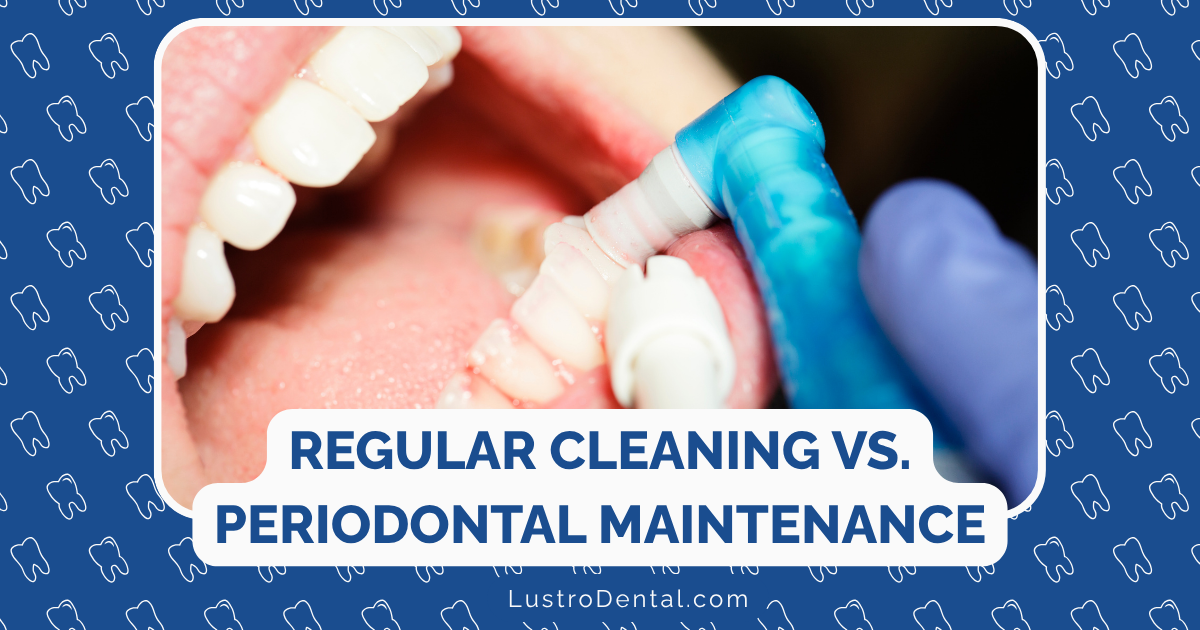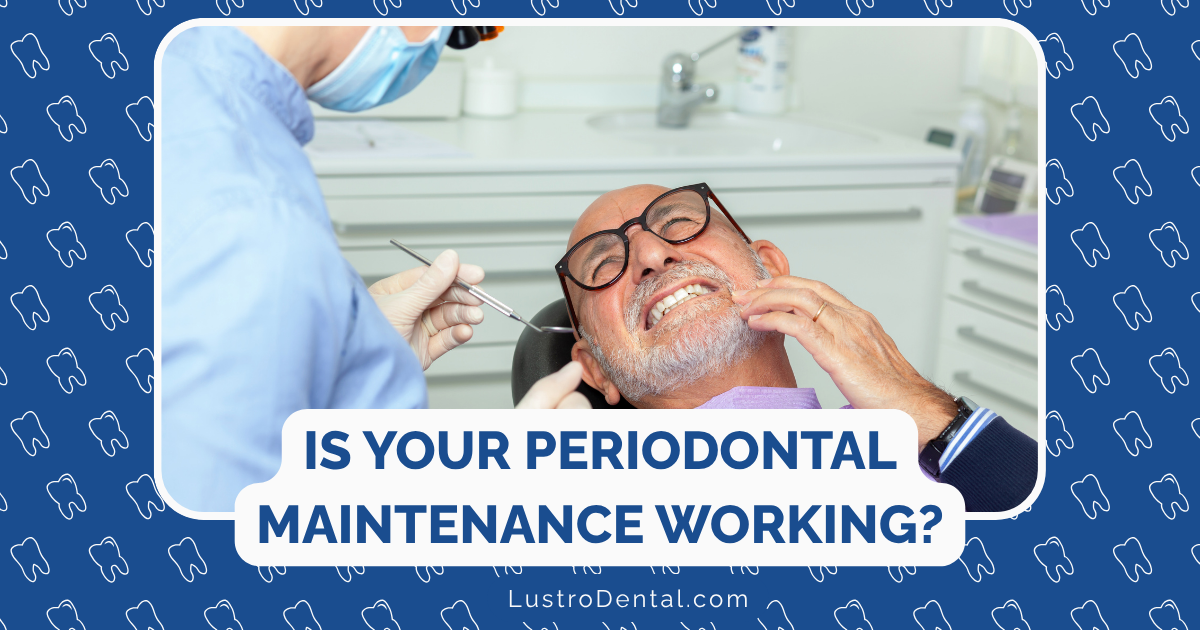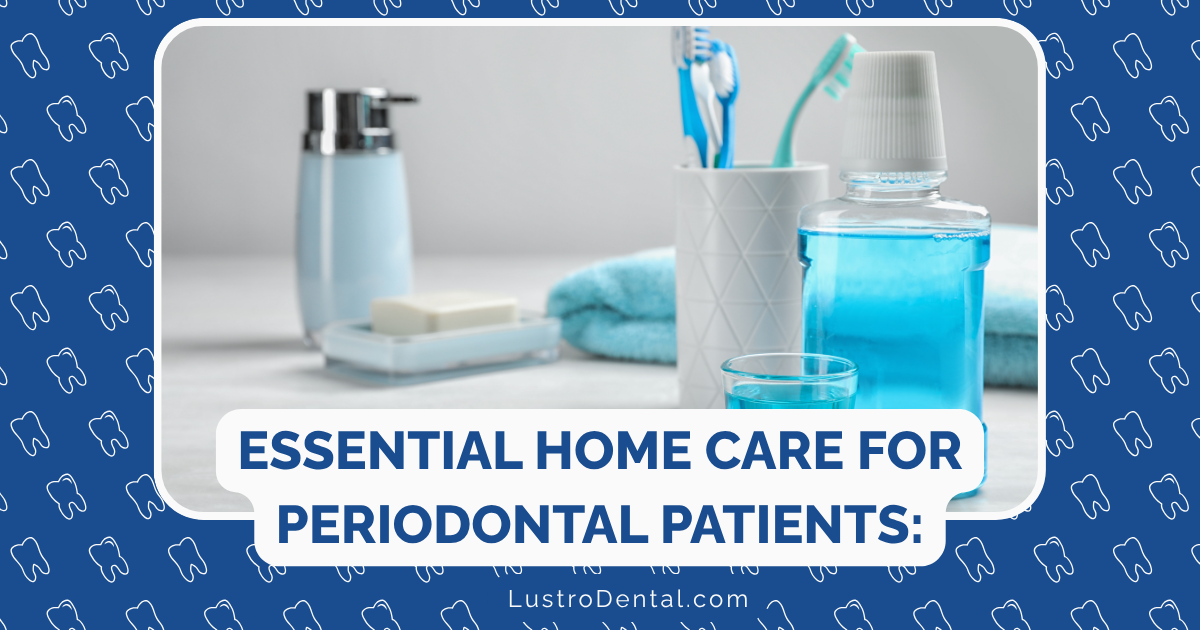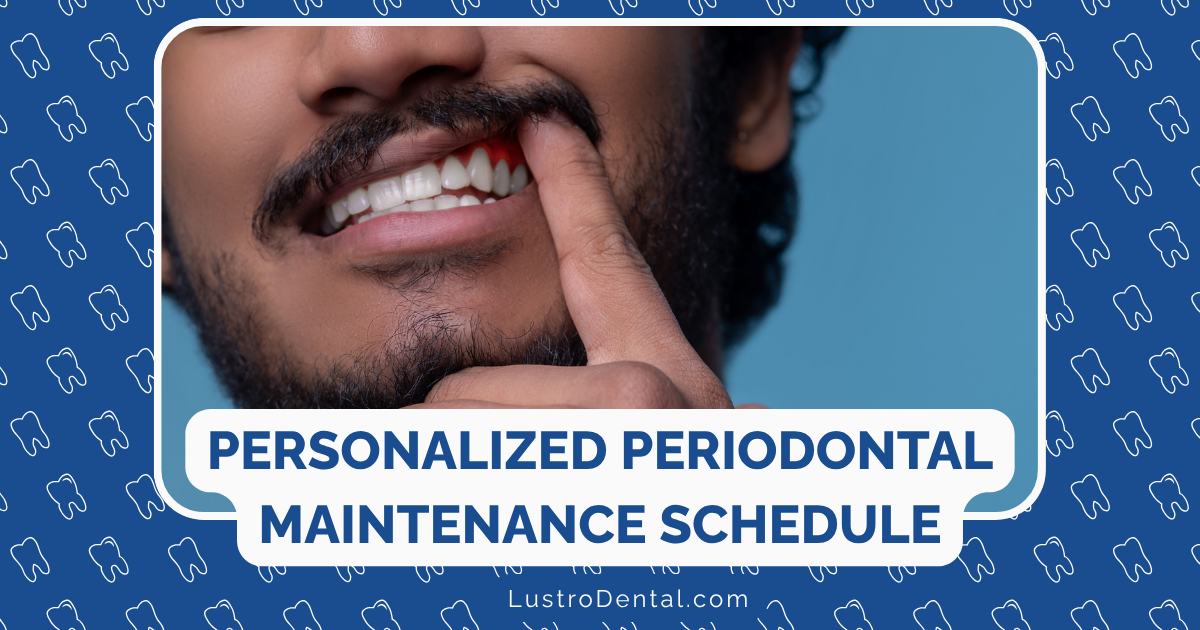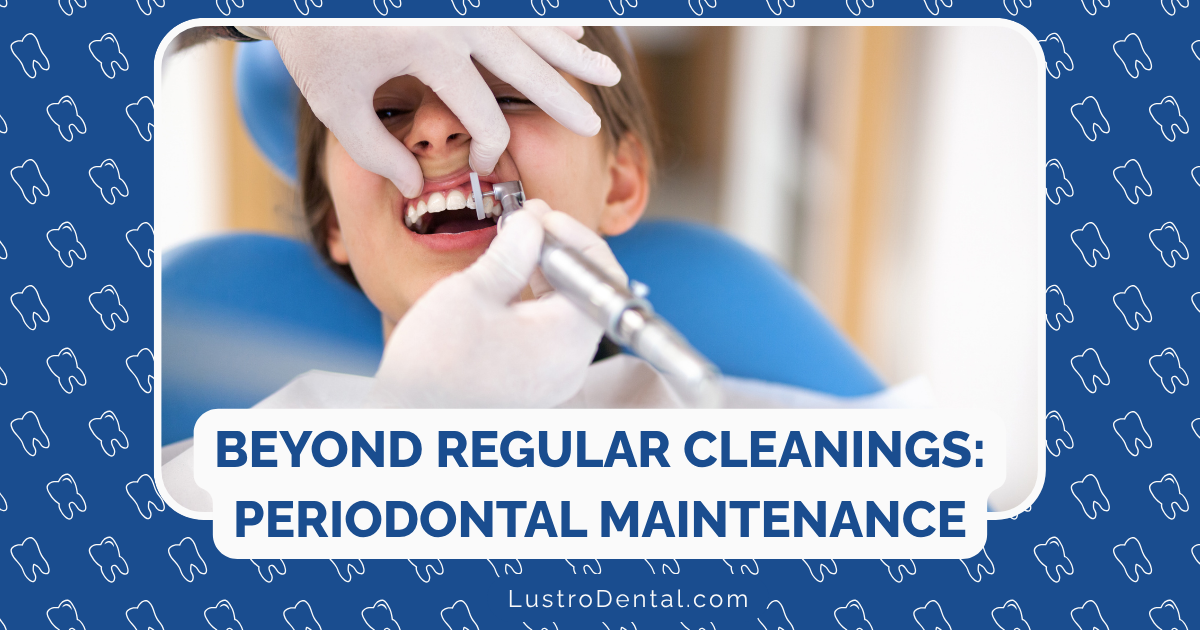Living with Periodontitis: Long-Term Management Strategies for Stability

Receiving a periodontitis diagnosis can feel overwhelming. The thought of managing a chronic condition that threatens your teeth and potentially your overall health might leave you wondering what your future holds. As someone who’s spent years advocating for dental health education, I want to assure you that with the right approach, you can achieve long-term stability and maintain your natural teeth for decades—possibly even for life.
Periodontitis isn’t just a dental issue; it’s a lifelong relationship with your oral health that requires attention, consistency, and knowledge. This comprehensive guide will walk you through evidence-based strategies for living with periodontitis while maintaining stability and quality of life.
Understanding the Chronic Nature of Periodontitis
First, let’s address a common misconception: periodontitis is never truly “cured” in the traditional sense. According to the American Academy of Periodontology, periodontitis is a chronic inflammatory condition that, once developed, requires ongoing management—similar to conditions like diabetes or hypertension.
The good news? With proper care, periodontitis can be effectively controlled, preventing further damage and maintaining stability for years. A 20-year study presented at EuroPerio11 in May 2025 showed that even teeth initially deemed “hopeless” due to severe bone loss could be saved and remain stable for decades with appropriate treatment and maintenance.
The key to success lies in understanding that management doesn’t end after initial treatment—it’s a lifelong commitment that combines professional care, meticulous home routines, and lifestyle adjustments.
The Three Pillars of Long-Term Periodontitis Management
1. Professional Maintenance Care
Professional periodontal maintenance is the cornerstone of long-term stability. Unlike standard dental cleanings, periodontal maintenance is specifically designed for patients with a history of periodontitis.
What Professional Maintenance Involves:
- Comprehensive assessment: Detailed examination of pocket depths, bleeding, inflammation, and mobility
- Specialized cleaning: Removal of biofilm and calculus both above and below the gumline
- Site-specific treatment: Targeted care for areas showing signs of disease activity
- Risk assessment: Ongoing evaluation of factors that might accelerate disease progression
Maintenance Frequency:
The standard recommendation is every three months, but this may vary based on individual risk factors. According to research published in the Journal of Periodontology, patients with Stage IV periodontitis who maintained regular professional care experienced only 4.5% tooth loss over a 10-year period—an impressive outcome considering the severity of their initial condition.
Dr. Maria Gonzalez, Director of the Periodontal Maintenance Clinic at University of California, explains: “The three-month interval isn’t arbitrary. Studies show that pathogenic bacteria repopulate periodontal pockets within 60-90 days after cleaning. By maintaining a three-month schedule, we disrupt this bacterial colonization before it can cause further damage.”
Insurance Considerations:
Most dental insurance plans cover periodontal maintenance, though coverage varies. Typically, plans cover 2-4 visits per year, often at 80% after deductibles. The average cost without insurance ranges from $150-$200 per visit, according to Casa Adobes Dentistry.
Remember: The cost of maintaining periodontal health is significantly lower than the cost of treating advancing disease and replacing lost teeth.
2. Home Care Excellence
What happens between professional visits largely determines your long-term success. Daily home care is your first line of defense against disease progression.
Essential Home Care Strategies:
Brushing Techniques:
- Use a soft-bristled toothbrush (manual or electric)
- Brush for a full two minutes, twice daily
- Employ the modified Bass technique: 45° angle to the gumline with gentle vibrating motions
- Consider investing in an electric toothbrush with pressure sensors and timers
Interdental Cleaning:
- Daily flossing is non-negotiable for periodontitis patients
- Consider interdental brushes for larger spaces between teeth
- Water flossers provide excellent supplementary cleaning, especially around implants and bridges
- Floss holders can help access difficult areas
Antimicrobial Agents:
- Alcohol-free mouth rinses containing cetylpyridinium chloride (CPC) or essential oils
- Prescription chlorhexidine rinse may be recommended for periods of active inflammation
- Specialized toothpastes containing stannous fluoride or triclosan
Dr. James Chen, periodontist and researcher, notes: “The mechanical disruption of biofilm is the most important aspect of home care. Even the most advanced antimicrobial products can’t compensate for inadequate brushing and flossing.”
Advanced Home Care Considerations:
Tongue Cleaning: The tongue harbors bacteria that can recolonize periodontal pockets. Using a tongue scraper daily reduces bacterial load in the mouth.
Irrigation Systems: Countertop water flossers can be enhanced with antimicrobial solutions (as recommended by your periodontist) to deliver medication deeper into periodontal pockets.
Monitoring Tools: Apps that track bleeding sites and pocket depths can help you visualize progress and identify areas needing extra attention.
3. Lifestyle and Systemic Health Management
Periodontitis doesn’t exist in isolation. Systemic health factors significantly impact disease progression and treatment outcomes.
Critical Lifestyle Factors:
Smoking Cessation: According to Dimensions of Dental Hygiene, smokers have 2-4 times greater risk of developing periodontitis compared to non-smokers. Moreover, smoking reduces treatment effectiveness by up to 50%. Quitting smoking is perhaps the single most important lifestyle change for periodontitis management.
Nutrition for Periodontal Health:
- Anti-inflammatory foods: Fatty fish, olive oil, nuts, and berries
- Antioxidant-rich choices: Colorful fruits and vegetables
- Vitamin C sources: Citrus fruits, bell peppers, and broccoli (vital for collagen production)
- Vitamin D and calcium: Dairy products, fortified plant milks, and moderate sun exposure
- Probiotics: Fermented foods like yogurt, kefir, and kimchi
Stress Management: Chronic stress impairs immune function and increases inflammation throughout the body, including periodontal tissues. Implementing stress reduction techniques such as meditation, regular exercise, or counseling can significantly impact periodontal stability.
Managing Systemic Conditions:
Diabetes Control: Uncontrolled diabetes dramatically increases periodontitis risk and progression. A reciprocal relationship exists—periodontitis makes diabetes harder to control, while poor glycemic control worsens periodontitis. Maintaining HbA1c levels below 7% significantly improves periodontal outcomes.
Weight Management: Research indicates that for every unit increase in BMI above 30 kg/m², the rate of alveolar bone loss increases by approximately 5%. Maintaining a healthy weight reduces inflammatory burden throughout the body.
Medication Review: Certain medications can impact periodontal health by causing dry mouth or gingival overgrowth. Regular review of medications with both your dentist and physician ensures optimal management of side effects.
Monitoring Progress and Stability
How do you know if your management strategies are working? Several key indicators help track stability:
Clinical Stability Markers:
- Probing depths: Maintenance or reduction in pocket depths
- Bleeding on probing: Minimal or absent bleeding during professional assessment
- Mobility: Stable or improved tooth firmness
- Radiographic assessment: No further bone loss on periodic x-rays
- Inflammation: Absence of redness, swelling, or other visible signs of inflammation
Dr. Sarah Johnson, periodontist at Mayo Clinic, advises: “Stability doesn’t necessarily mean returning to perfect 3mm pockets everywhere. For advanced cases, stability might mean maintaining 5mm pockets without bleeding or progression. The goal is to stop the disease process, not necessarily achieve ideal measurements in every site.”
Self-Monitoring Tools:
- Bleeding diary: Track sites that bleed during brushing or flossing
- Visual assessment: Regular checks for changes in gum color or contour
- Comfort level: Note any developing sensitivity or discomfort
- Oral hygiene apps: Several applications help track home care and symptoms
When to Seek Additional Intervention
Despite diligent maintenance, approximately 10% of periodontitis patients may experience disease progression. Recognizing the signs that additional intervention is needed can prevent significant setbacks:
Warning Signs:
- Increased or recurring bleeding during brushing or flossing
- Developing sensitivity or discomfort
- Visible changes in gum appearance (recession, swelling, or color changes)
- Increasing mobility or shifting of teeth
- Persistent bad breath despite good oral hygiene
If you notice these signs, don’t wait for your next scheduled maintenance appointment. Early intervention can prevent minor flare-ups from becoming major setbacks.
Emerging Approaches in Long-Term Periodontitis Management
The field of periodontics continues to evolve, with new approaches enhancing long-term stability:
Personalized Bacterial Testing:
Salivary diagnostic tests can identify specific bacterial species driving your periodontitis, allowing for targeted antimicrobial strategies.
Host-Modulation Therapy:
Low-dose doxycycline (Periostat®) doesn’t function as an antibiotic at this dosage but instead inhibits destructive enzymes that break down periodontal tissues. This approach can be particularly helpful for patients with risk factors that accelerate inflammation.
Probiotic Supplementation:
Emerging research suggests that certain probiotic strains may help rebalance the oral microbiome, creating an environment less conducive to pathogenic bacteria.
Advanced Regenerative Procedures:
For patients with significant bone loss, regenerative procedures using growth factors, barriers, and bone grafting materials can help rebuild supporting structures, improving long-term prognosis.
Real-Life Management Success: Patient Stories
Michael’s Journey: 15 Years of Stability
Michael was diagnosed with Stage III periodontitis at age 42. After initial treatment including scaling and root planing followed by localized surgical intervention, he committed to a comprehensive management approach:
- Quarterly maintenance appointments
- Electric toothbrush with twice-daily brushing
- Water flosser plus traditional flossing each evening
- Smoking cessation (previously a pack-a-day smoker)
- Anti-inflammatory diet rich in omega-3s and antioxidants
Now 57, Michael has maintained all his natural teeth with stable bone levels for 15 years. “The first year was the hardest, especially quitting smoking,” he shares. “But once I established the routine, it became second nature. The quarterly cleanings keep me accountable, and my periodontist catches any potential issues before they become problems.”
Elena’s Experience: Managing Periodontitis with Diabetes
Elena, 61, has been managing both Type 2 diabetes and Stage II periodontitis for over a decade. Her integrated approach includes:
- Three-month periodontal maintenance schedule
- Coordinated care between her endocrinologist and periodontist
- Strict glycemic control (HbA1c maintained below 6.8%)
- Daily use of interdental brushes and a water flosser
- Specialized high-protein, low-carbohydrate diet
“I’ve learned that when my diabetes is well-controlled, my gums are healthier,” Elena explains. “And when I’m diligent about my oral care, my blood sugar is easier to manage. They’re completely connected.”
Creating Your Personalized Management Plan
While the principles of periodontitis management apply broadly, the most effective approach is personalized to your specific situation. Work with your dental team to develop a plan addressing your unique:
- Disease severity and distribution
- Risk factors (both modifiable and non-modifiable)
- Systemic health considerations
- Lifestyle and dietary patterns
- Home care capabilities and challenges
- Financial and insurance considerations
A well-designed management plan evolves over time, adapting to changes in your health status and responding to how your tissues react to treatment and maintenance.
The Psychological Aspect of Long-Term Management
Living with a chronic condition requires psychological adaptation. Many periodontitis patients experience:
- Frustration with the ongoing nature of the disease
- Anxiety about potential tooth loss
- Guilt about past dental neglect
- Financial stress regarding treatment costs
Dr. Robert Williams, periodontist and health psychologist, emphasizes: “Acknowledging these emotions is important. Patients who develop a positive relationship with their maintenance routine—viewing it as self-care rather than burden—tend to have better outcomes. Finding a supportive dental team that celebrates stability rather than focusing only on problems makes a tremendous difference.”
The Cost-Benefit Analysis of Diligent Management
The financial aspect of periodontitis management deserves honest discussion. Long-term maintenance requires investment—both time and money. However, research consistently demonstrates that maintenance is far more cost-effective than dealing with the consequences of disease progression.
A 2025 EuroPerio11 study compared the 20-year costs of maintaining severely compromised teeth versus extraction and replacement. The findings were clear: maintaining natural teeth through proper periodontal care was significantly less expensive over time, even accounting for ongoing maintenance costs.
The true value extends beyond financial considerations. Maintaining your natural dentition preserves function, aesthetics, comfort, and quality of life in ways that even the best replacements cannot fully replicate.
Conclusion: A Lifetime of Stability Is Possible
Living with periodontitis requires commitment, but the rewards of maintaining your natural teeth and overall health are immeasurable. The science is clear: with appropriate professional care, excellent home hygiene, and attention to lifestyle factors, long-term periodontal stability is an achievable goal for most patients.
Remember these key principles:
- Periodontitis is manageable but requires lifelong attention
- Professional maintenance provides the foundation for stability
- Daily home care determines your long-term success
- Lifestyle and systemic health factors significantly impact outcomes
- Early intervention for flare-ups prevents major setbacks
Your periodontitis diagnosis isn’t the end of your dental health story—it’s the beginning of a new relationship with your oral health. With the right approach, you can look forward to decades of stability, function, and smiles.
Have you been managing periodontitis long-term? Share your experiences and strategies in the comments below.


